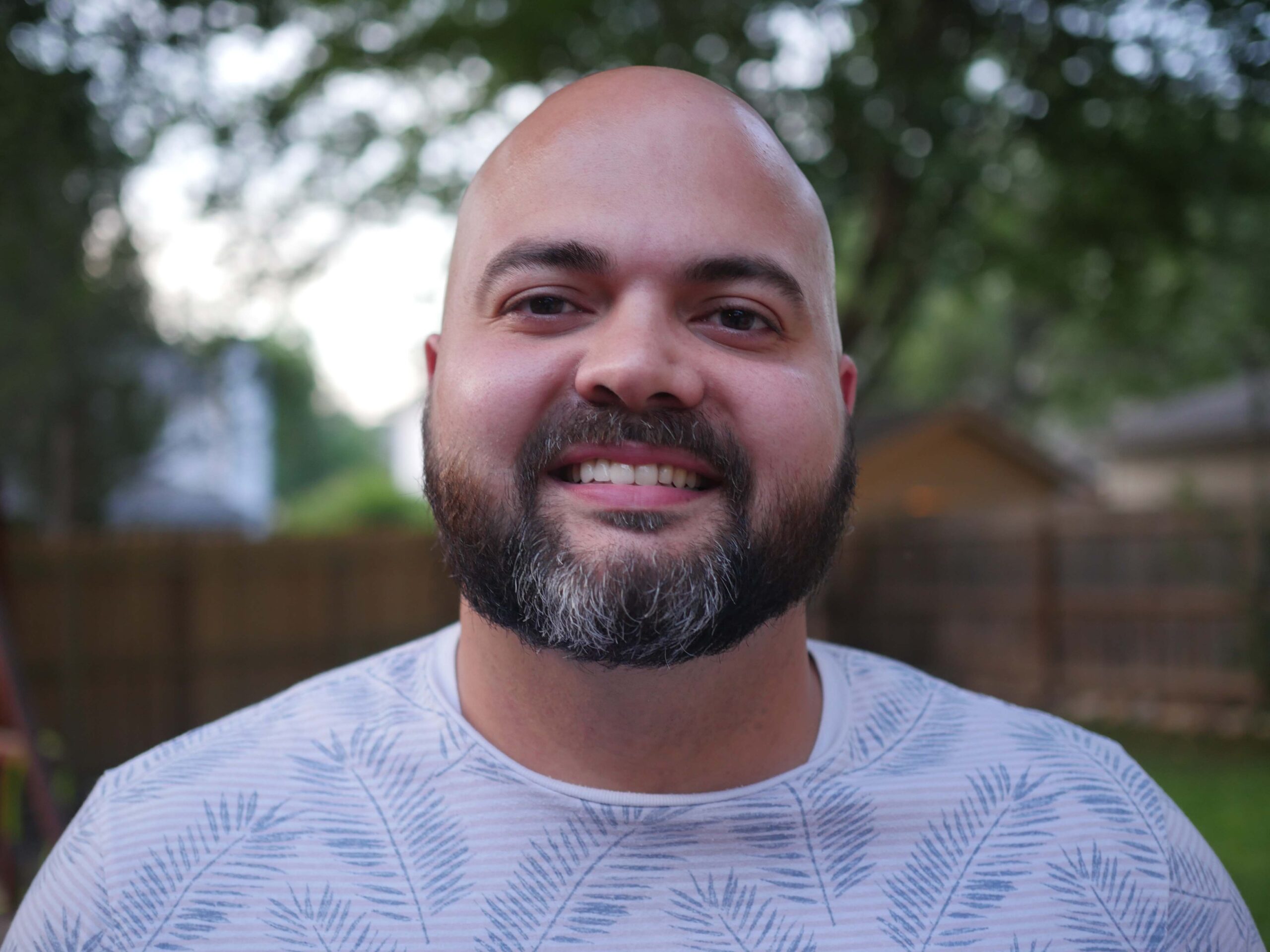How do we become like Jesus?
Many pastors will say different things about following Jesus. Some will say to just listen to their sermons every week. Others will say to join a small group and that’s how you get discipled. Even others would suggest that it’s just by praying and reading their Bible every morning. While these suggestions aren’t bad, I believe what people need are a framework for discipleship.
A framework is an understanding of core principles of growing as an apprentice of Jesus that is (1) general enough steer the nominal Christian in the right direction and (2) specific enough to customize the process for each individual. Frameworks can’t be step-by-step because the Christian life can’t be boiled down to that. Many believe discipleship is more cyclical in nature. Meaning there’s seasons of hard harvesting, and then joyful reaping – a repeating cycle of sanctification. But there has to be a consistent framework that carries you through each season.
Most churches have too broad of a framework. I’m not exaggerating – I’ve seen about 100 churches use language like “connect, grow, serve” (or similar language) to describe their discipleship model. The issue is, they usually don’t clarify what that means. When they say grow, of course they mean following Jesus, but it’s not specific enough. What do they mean? How do I grow? It’s too generalized.
So if a “step-by-step” framework is too specific, and a “connect, grow, serve” model is too broad, then what’s the answer.
Well, I would like to suggest a few models of discipleship I have come across that I think are both general for the community get behind and specific for individual customization. The Apostle Paul uses the example of how the church is the “body of Christ” in Ephesians chapter 4. Each member understands it’s gifts and role to help the whole body grow under the head, which is Christ. An unhealthy body is characterized by members who do not know how they should function. In the same way, a healthy discipleship framework will help each member of the body of Christ grow together in unity.
I’ll share a few frameworks that I’ve seen over the years in subsequent blogs. Allow me to explain the first one that was formulated by Dallas Willard, but expanded upon by his student, James Bryan Smith.
The Triangle of Transformation.
James Bryan Smith calls this framework The Triangle of Transformation or the Four Components of Change in three of his books called The Apprentice Series. If you would like to check them out, they are called “The Good and Beautiful God”, “The Good and Beautiful Life”, and “The Good and Beautiful Community.”
about I’ll quote Smith to summarize the framework in a sentence:
“We cannot change simply by saying, ‘I want to change.’ We have to examine what we think (our narratives) and how we practice (the spiritual disciplines) and who we are interacting with (our social context).”
Dallas Willard uses language of the mind, body, and social context. Smith expands on this concept by saying change happens when we (1) change the stories in our minds, and (2) engage in practices with the body, (3) in reflection and dialogue with our social context who are on the same path, (4) all under the leading of the Holy Spirit.
I also want to share a video with you that my internet friend, Trey VanCamp, made about this book. He gives some great points that are not mentioned in this blog, and it may help some of you who are more visual learners. Check it out HERE:

1. Adopting the Narratives of Jesus
2. Engaging in Soul-Training Exercises
3. Participating in Community
4. Being Empowered by Holy Spirit
Specific & General
Practical Challenge
Grab a journal and pretend you are writing out a discipleship plan for a loved one who wants to follow Jesus. Write it out. What does it look like? What is it missing?

Matt Garcia
Author
Matt is an apprentice of Jesus, a husband to Jesika, and a father to three children. He and his family lead a house church in San Antonio, TX. Connect with him on instagram @apprenticeofjesus.

